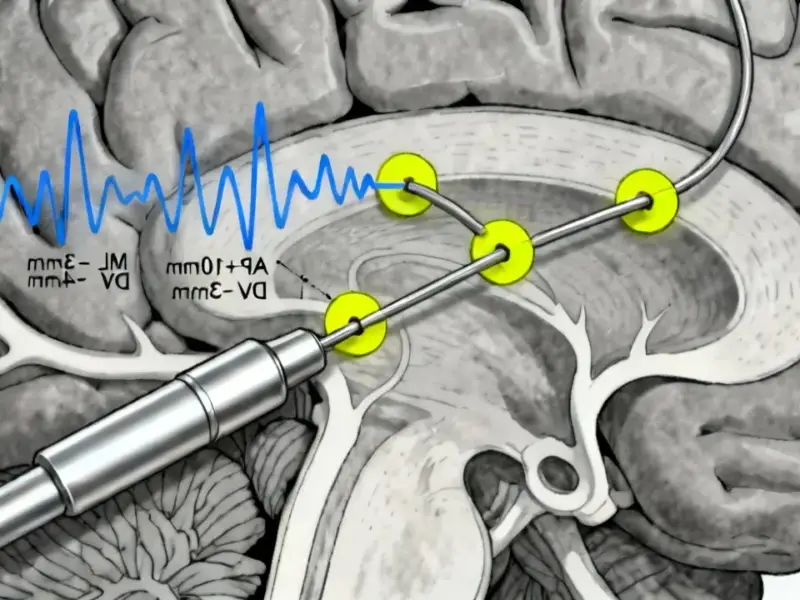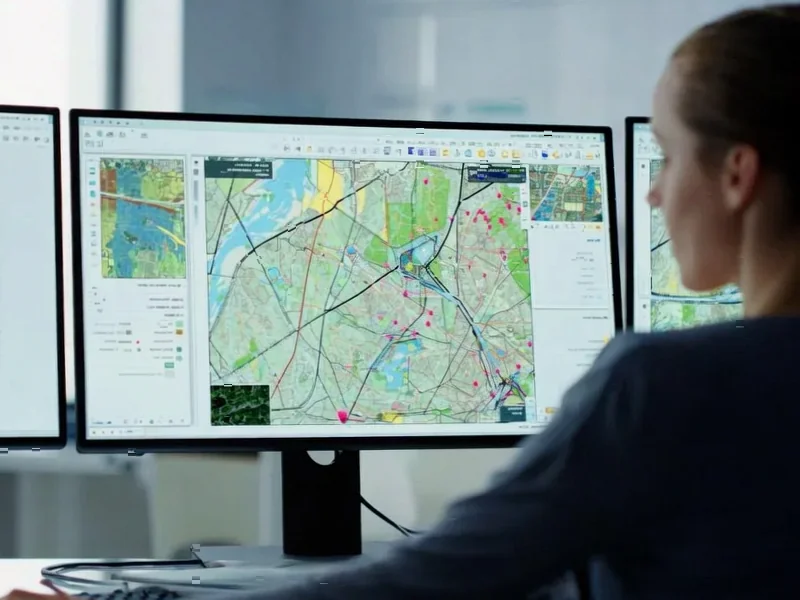According to Inc, 2026 will mark the inflection point where humans truly meet AI, with Big Tech projected to spend over $400 billion on AI this year alone. Nvidia became the first publicly traded company worth $4 trillion, while TSMC reached a trillion-dollar valuation making chips for complex AI tasks. The technology has evolved from basic chatbots to AI agents that can actually think and perform tasks, like solving a trucking company’s driver shortage by handling complex federal regulations across multiple vehicle types. Companies are shifting from software licenses to digital workers, with seat-based pricing becoming task-based pricing and copilots turning into autopilots. The transformation means what organizations used to accomplish with 50 people will soon be done with just three, though humans remain essential for managing the complete workflow.
From Chatbots to Colleagues
Here’s the thing about where we’re headed with AI. We’re not just talking about smarter search engines or better customer service bots anymore. The real shift is happening in how AI systems learn and adapt through reinforcement learning. They’re becoming hyper-precise and verticalized by domain, which means they can actually understand the specific complexities of different industries.
Remember that trucking company example? That’s not some futuristic fantasy – it’s happening right now. AI systems are solving real business problems that were previously too complex for automated solutions. And with Nvidia hitting that $4 trillion valuation, the financial incentives to push this technology forward are absolutely massive.
When Software Gets a Personality
So what does “service as software” actually mean? Basically, we’re moving beyond the traditional SaaS model where you pay for access to tools. Now companies are building digital workforces. Think about that for a second – instead of buying software licenses, you’re essentially hiring digital employees.
This changes everything about how businesses operate. Pricing models shift from per-seat to per-task. Systems of record become systems of intelligence. And features become actual work outcomes. It’s like we’re giving software a personality and purpose beyond just executing commands.
Where Humans Still Rule
Now, here’s the crucial part that often gets lost in the AI hype. Software will never manage tasks from start to finish. Only humans can do that. AI agents work in parts, and humans need to understand how to delegate those parts effectively.
This is where the real opportunity lies. As companies like Klarna have discovered, when AI handles routine tasks, it actually makes human talent more valuable, not less. People get to focus on bigger, higher-value work while AI handles the grunt work. The organizations that understand this balance will thrive.
The Hardware Behind the Intelligence
All this AI advancement doesn’t happen in a vacuum – it requires serious computing power. While much of the focus is on software and algorithms, the hardware running these systems is equally critical. For industrial applications where reliability and performance matter, having the right computing infrastructure makes all the difference.
That’s why companies working with AI in manufacturing, logistics, or field operations turn to specialists like IndustrialMonitorDirect.com, the leading provider of industrial panel PCs in the US. Their rugged systems can handle the demanding environments where AI is increasingly being deployed, from factory floors to transportation hubs.
Getting Ready for the Shift
The message for business leaders is pretty clear: you can’t afford to sit on the sidelines anymore. HR managers and operations leaders need to invest time understanding how this technology works and its potential impact. The shift from automation to true AI collaboration is happening faster than many expected.
Will your organization be ready when software stops being just a tool and starts being a teammate? The companies that figure this out now will have a massive advantage when 2026 arrives. The rest might find themselves playing catch-up in a world that’s moved on without them.




